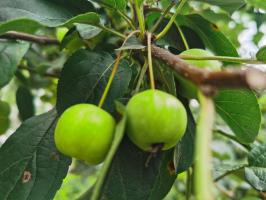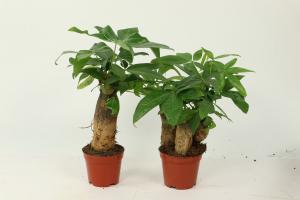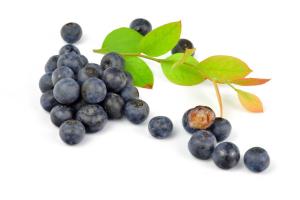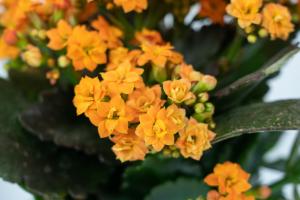Introduction
Indigo plants have long been a valuable source of blue dye for textiles, clothing and other products. Originating in India, the indigo plant has a rich history in both the old and new world. This article will explore the characteristics of the plant, its uses, and some interesting facts about indigo.
Appearance
The indigo plant is a shrub that grows to be around 1 to 2 meters tall. It has long leaves, which are narrow and pointed at the ends, and are arranged in an alternate pattern. The plant produces clusters of small flowers that are usually blue or purple in color. It also produces small pods that contain its seeds.
Uses
One of the primary uses for the indigo plant is to create natural blue dye. The leaves of the plant are harvested, soaked in water, and then fermented to produce a dye solution. This solution is then mixed with other materials, such as cotton or silk, to create textiles and clothing.
Aside from its dye properties, indigo has also been used for medicinal purposes. It has been said to have anti-inflammatory and anti-bacterial properties, and has been used to treat a variety of ailments, including skin infections and stomach problems.
Interesting Facts
- The name "indigo" is derived from the Greek word for "Indian dye".
- The earliest recorded uses of indigo date back to ancient civilizations, such as the Sumerians and Egyptians.
- During the 17th and 18th centuries, indigo was one of the most valuable exports from the American colonies.
Conclusion
The indigo plant is a remarkable species that has played an important role in human history. Its ability to produce a vibrant blue dye has been prized for thousands of years, and continues to be used today. If you ever get a chance to see an indigo plant in person, take a moment to appreciate its beauty and significance.

 how many times do yo...
how many times do yo... how many planted tre...
how many planted tre... how many pine trees ...
how many pine trees ... how many pecan trees...
how many pecan trees... how many plants comp...
how many plants comp... how many plants can ...
how many plants can ... how many plants and ...
how many plants and ... how many pepper plan...
how many pepper plan...































